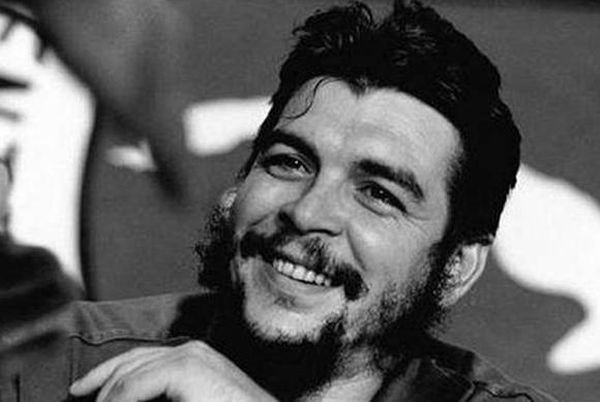He was the eldest of the five children of Ernesto Guevara Lynch and Celia de la Serna. Descendant from both lines of wealthy Argentine families, from an early age he would be interested in the fate of the humble and would commit himself, more and more, to the just causes of humanity.
Although he majored the Medicine career, his wisdom and perseverance led him to develop a highly comprehensive social thought. During his involvement in the Cuban Revolution, he was not only one of the most relevant military leaders, but also became one of its main ideologues. Che, despite his status as a foreigner, was part of the political-intellectual vanguard group during his years in Cuba.
He dedicated several years after the military victory to the consolidation of revolutionary power in Cuba.
The first combatant promoted by Fidel Castro to commander of the Rebel Army in the Sierra Maestra, he also served as Minister of Industry, President of the National Bank, leader of the political organization and diplomatic representative in multilateral forums and delegations.
His restless search for justice led him to other theaters of operations. First it was the Congo, in Central Africa, and then Bolivia, in Andean America. There, he was once again a guerrilla man, a doctor, an instructor, and a combatant for a cause that was distant geographically, but very close ideologically: the anti-imperialist struggle and for the complete liberation of the oppressed peoples.
Controversial aspects of his life have served as arguments for the antagonists. He was not a god, but a human being, and the phrases and events occur in specific contexts. It cannot be denied, however, that he became a worldwide icon.
This is how the legacy of the Heroic Guerrilla Fighter lives on today. Progressive movements find in his figure a source of symbolic capital. At the same time, his theoretical and practical contributions continue to be benchmarks in the construction of alternative models opposed to the injustices of capitalism.
 Escambray ENGLISH EDITION
Escambray ENGLISH EDITION






Escambray reserves the right to publish comments.